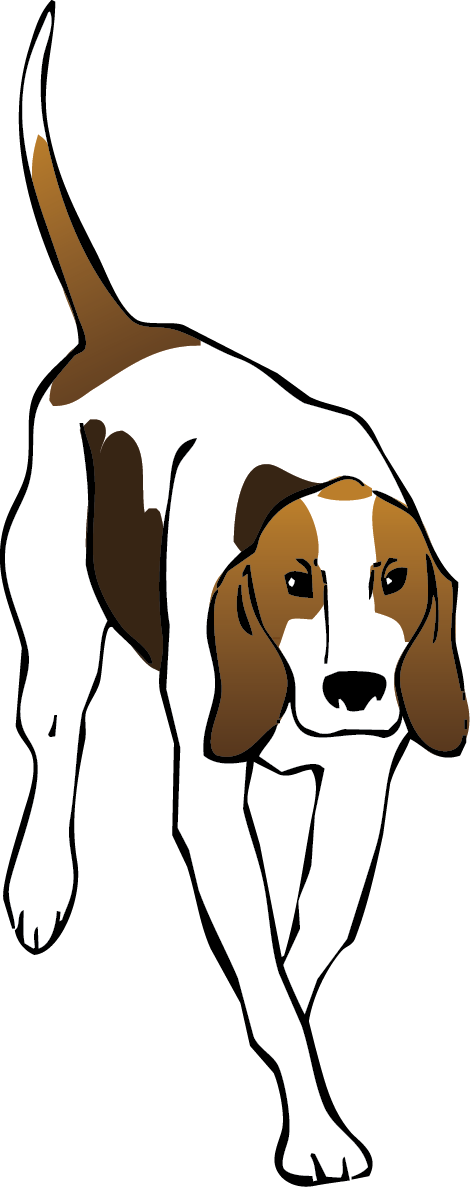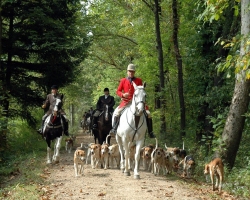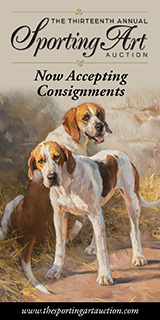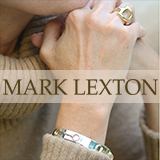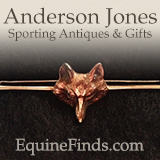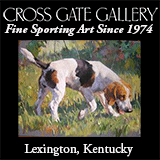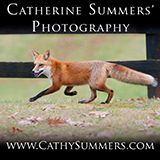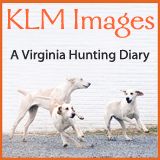Daphne Moore
Remembering the Curre on Boxing Day
Modern English Foxhound: Duke of Beaufort's Monmouth 1977 by New Forest Medyg 1969
Peterborough winner of the early 1900s --- thick and ponderous --- an example of the style of foxhound favored at the time.
Thousands of foxhunters and hunt supporters are expected to turn out in England and Wales on Boxing Day. Young and old, riders and spectators alike, entire families together for the holidays tumble out-of-doors the morning after Christmas for these traditionally celebrated meets.
“It’s the highlight of the season which starts in November,” said Peter Swann, MFH of the Curre and Llangibby Foxhounds in Wales. “This year we are expecting forty riders to take part and around five hundred spectators and supporters to join us on the green.
In Wales, the Curre and Llangibby and the Monmouthshire Foxhounds trace back to the 1600s and 1700s. The Curre remains of particular significance to foxhunters because we still see and enjoy the results of Sir Edward Curre’s bloodlines in our own Crossbreds and modern English foxhounds to this day.
It was Sir Edward Curre who provided Isaac “Ikey” Bell, father of the modern English foxhound, with the Welsh blood and the pale coloration of his breeding that has been preserved and carried on by forward-looking breeders in England ever since. Bell’s vision of the foxhound finally prevailed over the thick and ponderous, black-and-tan colored foxhounds that were fashionable early in the twentieth century. Bell’s efforts to breed lighter and more athletic foxhounds fell so afoul of the foxhunting establishment of the time that leading Masters would cross the street to avoid having to greet him.
The Hardaway-Morgan-Bell Connection
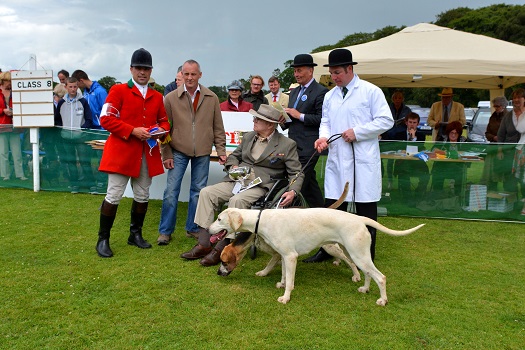 Captain Tom Morgan (seated) presents the Isaac Bell Perpetual Challenge Cup to South Tyrone Foxhounds Honorary Whipper-In Paul Kinane and huntsman Ryan Carvill for Beauty, winning un-entered female hound, at the National Irish Masters of Foxhounds Show. / Noel Mullins photo
Captain Tom Morgan (seated) presents the Isaac Bell Perpetual Challenge Cup to South Tyrone Foxhounds Honorary Whipper-In Paul Kinane and huntsman Ryan Carvill for Beauty, winning un-entered female hound, at the National Irish Masters of Foxhounds Show. / Noel Mullins photo
The above photograph caught my eye because of the man in the wheelchair, Captain Tom Morgan. The photo is one of several sent by photo/journalist and author Noel Mullins, a regular contributor to Foxhunting Life, reporting on the National Irish Masters of Foxhound Show held on Sunday, July 6, 2014.
Captain Morgan, now in his mid-nineties, is one of the few people still alive who intimately knew and worked closely in his hound breeding program with the late Isaac “Ikey” Bell, father of the modern English foxhound. The only other living individual I know who knew and benefitted from his relationship with Ikey Bell is Ben Hardaway, also in his mid-nineties.
If it weren’t for Ikey Bell and Tom Morgan, Ben Hardaway would not have his Hardaway Crossbred as we know it today. And if it weren’t for Bell, we wouldn’t have the modern English foxhound as we know it today.
The Foxhound’s Back: Curved or Straight?
"I have a question about foxhound conformation," writes Kelly Bryant who has hunted with the Mill Creek Hunt in Illinois. "I have noticed that in the hound show galleries, some winners have a level back and some have a curved back. How does the back relate to the performance of the hound, and what difference does a level or curved back make? Which is preferred?"
These are excellent questions, and, as we have noted before, there are no right and wrong answers—only opinions and cautions. A wheel back is desirable to many breeders and judges of modern foxhounds, but a roach back is—most will agree—a weakness.
